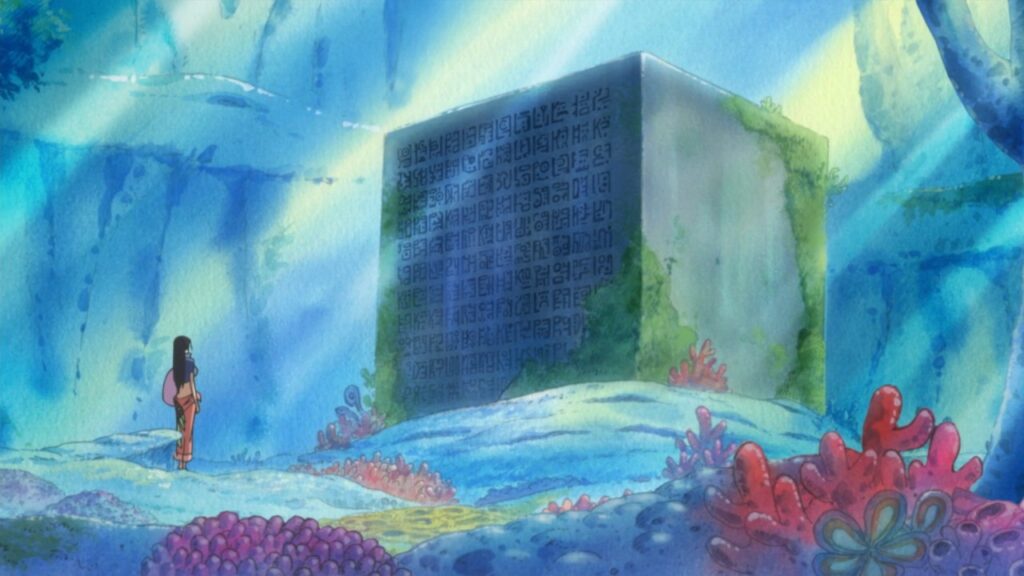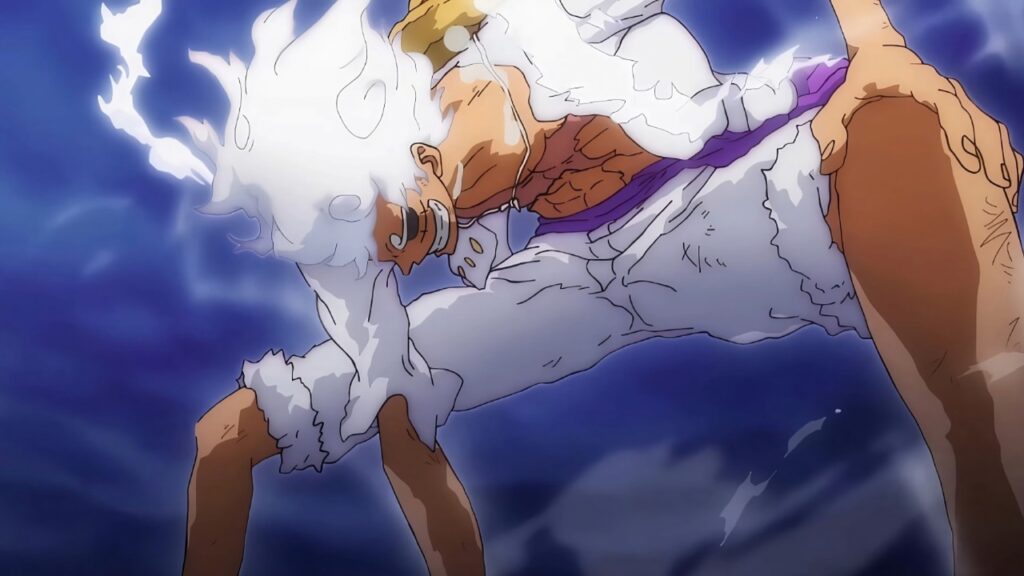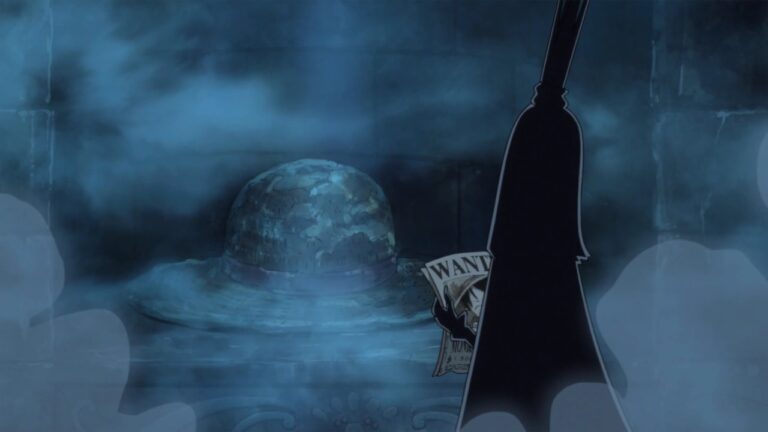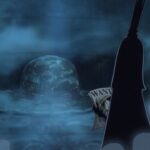The legendary figure from the Void Century, Joy Boy, has always been one of the most talked-about mysteries among ‘One Piece‘ fans. Although we have learned more about him through recent story arcs, especially the Wano arc, the truth behind his death and his ultimate role in history remains unresolved. When we talk about the world of One Piece, created by Eiichiro Oda and brought to life by Toei Animation, few names capture the imagination of fans quite like Joy Boy. He is a figure known not through direct appearances but through ancient inscriptions, stories, and his legacy that still shape the seas today.
In the manga as well as the ongoing One Piece series since 1999, Joy Boy’s story ties directly to the lost history of the Void Century, the Great Kingdom, and even the mysterious treasure known as the One Piece, which so far only Gol D. Roger knows the truth about. Oda uses Joy Boy as a link between ancient freedom and modern rebellion, reminding us that the liberation struggle is something that is still alive through generations. Joy Boy is described as the first pirate in history, a man who lived 900 years ago and fought against the forces that would later form the World Government. His name carries hope, laughter, and defiance, qualities that mirror the personality of Monkey D. Luffy, the protagonist we have followed for years.
The Unfulfilled Promise and the Spirit of Liberation

Joy Boy played a significant role in the history of Fish-Man Island. He once promised to help its people bring Noah, the great ship, to the surface with the aid of Poseidon. However, for reasons still unknown, he failed to keep that promise. He left behind an apology inscribed on a poneglyph, expressing his regret and hope that one day someone would fulfill it. This act alone shows a man who carried guilt and foresight, one who cared deeply about those he had let down. His legacy on Fish-Man Island became a symbol of waiting and faith.
Although we have never seen his full face, Joy Boy has been depicted in silhouette, wearing a wide-brimmed hat that resembles a straw hat, along with capri pants and a cape. Some characters, like Emet, even note that he bears a resemblance to Monkey D. Luffy. Perhaps that similarity is not a coincidence, as their spirits seem to share the same joy and unshakable belief in freedom.
During his lifetime, Joy Boy was not just powerful but deeply connected to the world around him. He could hear the Voice of All Things, allowing him to communicate with beings like the Iron Giant, Emet. He possessed Supreme King Haki, and even after his death, he left a concentrated form of it tied within Emet. This tied Haki survived for centuries and could still unleash a powerful burst that reached far beyond any ordinary limit. The strength of his Haki was so great that even the Five Elders and Imu recognized it when it resurfaced on Egghead Island. Yet those who sensed it also noted that his Haki lacked hostility. It reflected a ruler’s presence without cruelty, a symbol of freedom rather than domination.
Joy Boy also possessed the powers of the Hito Hito no Mi, Model: Nika, a Mythical Zoan-type Devil Fruit. This fruit transformed him into the embodiment of the sun god Nika, giving him a rubber-like body and the ability to fight in any way his imagination allowed. This playful yet powerful ability symbolized liberation and laughter. It is no wonder that when Monkey D. Luffy awakened the same fruit, his heartbeat channelises the Drums of Liberation, and Zunesha declared that Joy Boy had returned. After all, both men share a joy in life that inspires others to smile, no matter the situation.
The Lost Kingdom, the Final Treasure, and Joy Boy’s Will

In history, Joy Boy and his allies were powerful enough to challenge the forces that would later form the World Government. Their defeat by the alliance of the Twenty Kingdoms marked the end of the Great Kingdom and the beginning of the Void Century’s silence. Yet, even in defeat, Joy Boy ensured that his story would not be forgotten. He left messages across the world in the form of poneglyphs, sharing his apologies, his dreams, and clues about the Ancient Weapons. He even left behind something of unimaginable value on the last island of the Grand Line, Laugh Tale. This treasure would later be found by Gol D. Roger, who, after reading the actual history, laughed and named the island after that moment of realization.
Roger himself said he wished he had lived in Joy Boy’s era. That one line connects two men who shared the same spirit of adventure, curiosity, and laughter. When Luffy finally reached the same state of awakening during his battle against Kaido, it felt as though the will of Joy Boy had truly returned. Kaidou himself, once searching for Joy Boy, accepted in his final moments that the one to defeat him was the very person carrying that name once more.
Vegapunk’s final broadcast revealed significant information about the Void Century. It confirmed that the Great Kingdom was an advanced civilization, that Joy Boy served as its ruler and the first pirate, and that an ancient war led to the world’s current submersion due to rising sea levels caused by an ancient weapon.
However, many mysteries still remain. We do not yet know the true nature of the Great Kingdom, the reason behind Joy Boy’s failure, or the true meaning of the “One Piece” treasure at Laugh Tale. As One Piece continues, we as fans stand where the world stands, waiting to understand how Joy Boy’s dream will finally come full circle. Perhaps the true treasure is not gold or weapons, but the unbroken spirit of freedom that connects the ‘Worst Pirate Generations.’





Outstanding post, you have pointed out some superb details , I also think this s a very superb website.